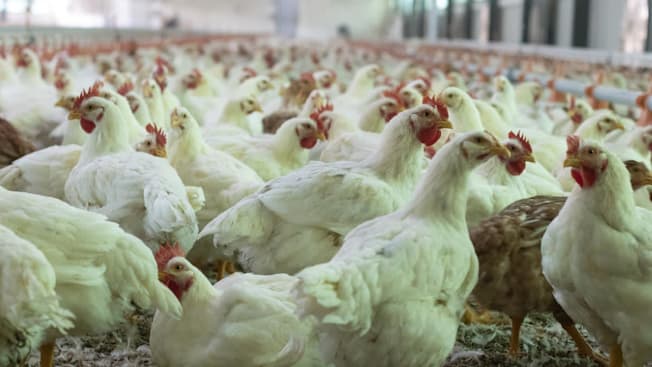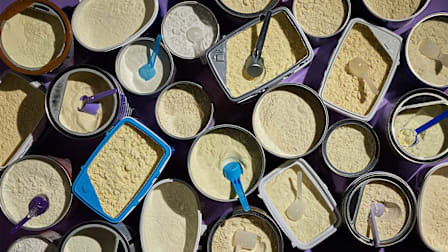USDA Proposes New Rules to Limit the Salmonella Allowed in Chicken
Under current rules, raw poultry is not recalled due to salmonella contamination. Previous CR tests have found that it's common.

The Department of Agriculture released a set of proposed rules today aimed at reducing salmonella levels allowed in raw chicken and turkey sold in retail stores.
Currently, if poultry producers’ products test positive for salmonella, the USDA will investigate, monitor whether there are illnesses linked to those products, and request a recall if there is a link, says Brian Ronholm, director of food policy at CR. "However, a company can still sell chicken and turkey with elevated salmonella levels during an investigation."
Risk of Salmonella
Symptoms of a salmonella infection can include diarrhea, fever, and stomach cramps, and can begin between 6 hours and six days after infection. They can last up to seven days. Most people will get better without treatment. But for older people and very young children, or those with compromised immune systems, salmonella can become severe. More than 26,000 people are hospitalized with salmonella each year, and about 420 people die, according to the CDC.
How to Stay Safe From Salmonella
The USDA’s proposed rules will be up for public comment soon. But it could take months before anything is finalized, says CR’s Ronholm. In the meantime, you don’t have to wait to take necessary steps in your kitchen to stay safe and reduce your risk of salmonella, says James E. Rogers, PhD, director of food safety research and testing at CR. These include:
Keep food separated while shopping at the grocery store. Keep raw meats in a disposable bag, away from other foods, especially ones you’re likely to eat without cooking—like fruit and salad.
Store raw meat in a bag or bowl. In the refrigerator, you want to make sure you keep meat juices from leaking.
Thaw frozen meat in the refrigerator so that it stays below 40° F. Doing so will impede the growth of bacteria.
Don’t rinse raw meat. That’s because doing so can spread bacteria around your sink or counter.
Wash your hands in hot soapy water before prepping, after you touch raw meat, and again when you’re finished. Wash knives used on meat before using them to cut other foods.
Use a separate cutting board for meat. Keep another one specifically for vegetables and other non-meat foods.
Cook poultry to an internal temperature of 165° F and use a meat thermometer to check. It’s the only sure way to make sure you’ve cooked chicken and turkey to the temperature you need to kill salmonella.




















